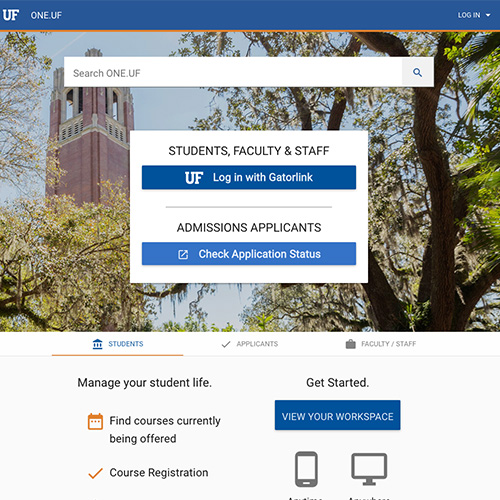FEAP 3c.- Identify gaps in students’ subject matter knowledge
Printable Version (.pdf)
|
UNSATISFACTORY |
DEVELOPING |
ACCOMPLISHED |
EXCEPTIONAL |
| The teacher states, “Remember we talked about arrays yesterday, so we will do some practice problems today.”
The teacher forges ahead with a presentation without checking for understanding. (D) The teacher presents the lesson and asks all students to complete a worksheet independently. (D) When the students are doing group work or individual work, the teacher does not walk around and assess student completion. |
The teacher states, “Remember we talked about arrays yesterday…after a quick review, we will do some practice problems today,” then she continues with the review.
The teacher presents the lesson and asks all students to complete a worksheet with support from their peers if necessary. The teacher wants the students to share what they have learned, but only calls upon 2-3 to share. All questions are presented with two answer options for the students. All assessments are in multiple choice format. |
Students use dry erase boards to show the teacher their answers to some review problems from yesterday’s lesson.
Teacher provides timely feedback by calling a group of students to his table to reinforce yesterday’s lesson. (D) As teacher circulates following the lesson she takes notes of which students she may need to meet with to revisit the previous lesson. Teacher asks students if they need another example before moving on with the rest of the lesson. Teacher shares a second strategy for adding double-digit numbers with regrouping after noticing some students look confused. When addressing the varsity team, the teacher uses the analogy comparing the demands of a hard basketball game to that of the pioneers. Teacher asks students to take notes during the lesson. Teacher asks students to look over their papers to correct their errors. (D) The teacher asked students to make a “Double-Bubble Diagram” comparing football and soccer. (M) Students are taught to identify, analyze and evaluate weak references. (M) |
The teacher states, “Remember we talked about arrays yesterday and after looking at you work after the lesson I see we will need to do some practice problems today.”
Teacher says, “Thumbs up if you understand, sideways if you kind of get it and thumbs down if you’re confused.” The teacher uses exit tickets to elicit evidence of individual student understanding. (D) Teacher says, “Yes, that is a really good question. Does anyone have an answer for Jorge?” Teacher asks students to share their responses and the explanation behind their responses. Teacher asks students to record their knowledge and share their notes with their tablemates to record any information they may have missed. (M) The teachers asked the students to pair up with a partner to share their classification and identify potential errors in their respective understandings. (M) Students are asked to defend their own thesis statements, topic sentences or hypothesis conclusions. (M) After having introduced a few of the more common errors in reasoning, the teacher asks students to watch a debate and record any errors they observed. (M) |
Where noted, examples based on:
“(D)” – Danielson C. (1996). Enhancing professional practice: A framework for teaching.
Alexandria, Va: Association for Supervision and Curriculum Development.
“(M)” – Marzano, R. J. (2007). The art and science of teaching: A comprehensive
framework for effective instruction. Alexandria, Va: Association for Supervision and Curriculum Development.
Resources:
http://aim.cast.org/learn/historyarchive/backgroundpapers/background_knowledge
Practice for students:
http://www2.open.ac.uk/students/skillsforstudy/check-for-gaps-in-your-knowledge.php
For teachers- Assessing prior knowledge




